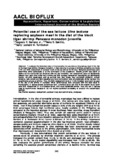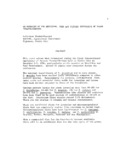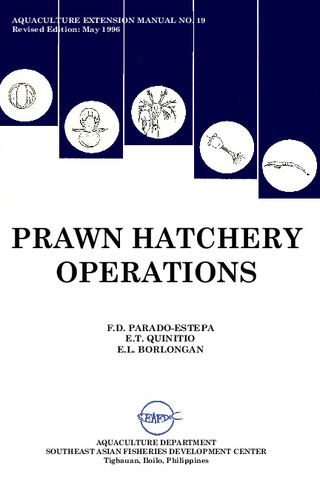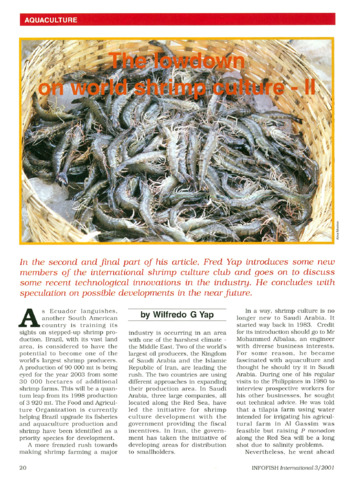Potential use of the sea lettuce Ulva lactuca replacing soybean meal in the diet of the black tiger shrimp Penaeus monodon juvenile
Share
Abstract
To evaluate the biological value of incorporating the sea lettuce Ulva lactuca meal in the diet of the black tiger shrimp (Penaeus monodon), 3 diets were fed to groups of shrimps containing two levels (15% and 30% replacement of soybean meal) of the sea lettuce for 90 days. Biological parameters were determined either periodically or at the termination of the experiment. Specific growth rate (SGR) of shrimp fed the control diet and those fed with the diet containing 15% replacement were not significantly different from each other while that of shrimp fed 30% soybean replacement was slightly but significantly inferior. All other parameters such as survival rate, feed intake, food conversion efficiency, protein efficiency ratio protein and lipid deposited and body composition were all statistically similar between the experimental groups of shrimp. Thus, the 30% replacement level or 10.5% inclusion level could be used in the diet of the shrimp P. monodon. When performances were compared with the best result in incorporating U. lactuca protein concentrate from a previous study and that in the present study (both were 30% replacement or 10.5 inclusion level), they were statistically similar. Thus, the raw U. lactuca meal is recommended because it did not require additional processing to produce the concentrated seaweed.
Suggested Citation
Serrano, A. E., Jr., Santizo, R. B., & Tumbokon, B. L. M. (2015). Potential use of the sea lettuce Ulva lactuca replacing soybean meal in the diet of the black tiger shrimp Penaeus monodon juvenile. Aquaculture, Aquarium, Conservation and Legislation , 8(3), 245-252. http://hdl.handle.net/10862/2421
Subject
Taxonomic term
Koleksi
- AQD Journal Articles [1249]
Related items
Showing items related by title, author, creator and subject.
-
An overview of the nutrition, feed and feeding techniques of prawn penaeid/shrimps
Piedad-Pascual, Felicitas (Philippine Council for Aquatic and Marine Research and Development, 1989)This paper echoes what transpired during the first International Conference of Penaeid Prawns/Shrimps held in Iloilo City in December 4-7, 1984, particularly on the Nutrition nd Feed Development. Around 25 papers were ... -
Prawn hatchery operations
Parado-Estepa, Fe D.; Quinitio, Emilia T.; Borlongan, Emeterio L. (Aquaculture Department, Southeast Asian Fisheries Development Center, 1996-05)The manual, an updated version of the 1984 SEAFDEC/AQD manual, presents the underlying principles and step-by-step instructions of prawn larval and post-larval rearing. The techniques described are not only applicable to ... -
The lowdown on world shrimp culture - II
Yap, Wilfredo G. (INFOFISH, 2001)This paper introduces some new members of the international shrimp culture club and goes on to discuss some recent technological innovations in the industry, particularly the polyculture of tilapia (mainly Oreochromis ...




